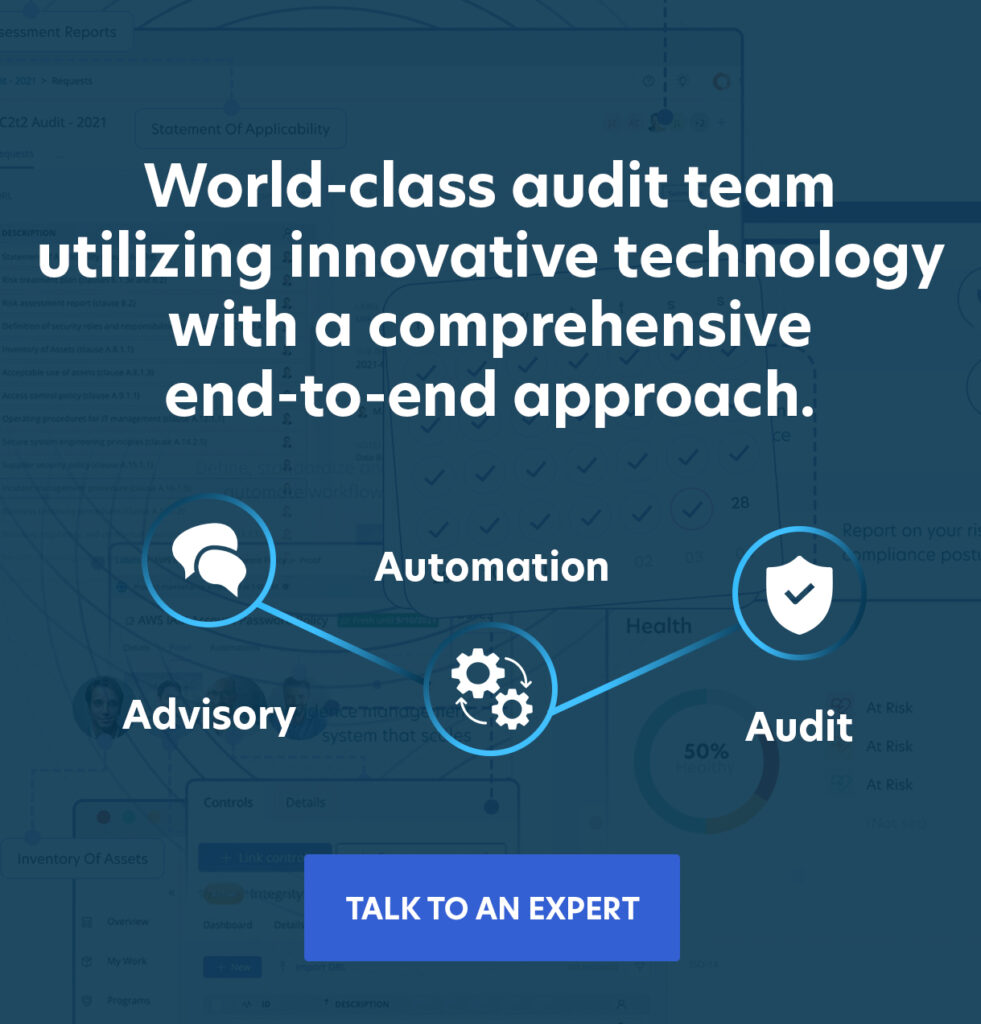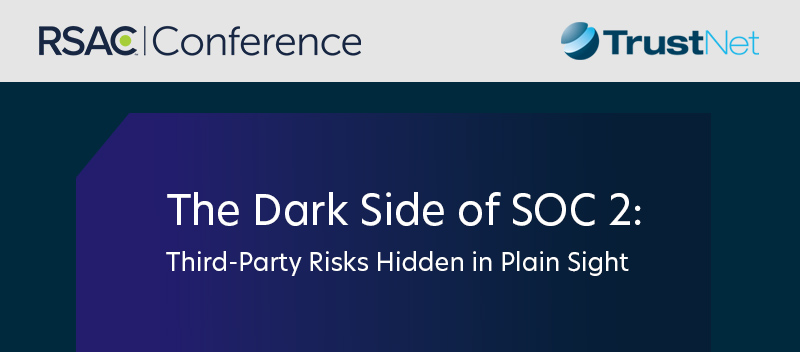
Penetration testing is a pillar of cybersecurity. Its purpose: to drive continuous IT security improvements by detecting flaws and vulnerabilities. Its method: the same tactics and tools used by cyber criminals. Its practitioners: ethical hackers trained in breaching your defenses but working on the right side of the law.
Now more than ever, penetration testing and pentesters help hold the line against the surge of devastating cybercrime. They wage an ongoing arms race with criminal hackers out to crack your network, steal your money, and ruin your reputation.
To help protect your customers and assets, pentesters must proactively adapt with the ever-shifting threat environment. To do so, they must keep pace with emerging technologies, new business practices, changes in regulatory standards, and other trends cybercriminals often twist to their advantage.
As cyberattacks become more sophisticated, pentesters deploy advanced techniques to beat criminal hackers in their own game. This article outlines the latest trends that impact the field of penetration testing and the latest innovations pentesters use to keep your business ahead of cybercrime.
Traditional Penetration Testing Techniques
Penetration testing (aka pentest or pen testing) has been an integral part of cybersecurity from the outset. As reported in an influential academic journal, the use of penetration testing as a tool for studying system security was formally proposed during a computer security conference held in 1965.
Since then, penetration testing has evolved into a standardized process that typically involves the following key steps:
- Planning. The target company and the pen testing team define the scope and objectives of the test.
- Scanning. The pentesters conduct reconnaissance activities to gather information about the target system, aiming to detect vulnerabilities.
- Exploitation. The pentesters exploit the target’s vulnerabilities to breach its systems.
- Escalation. The pentesters escalate the breach by gaining higher privileges, accessing sensitive data, or other methods.
- Reporting. The pentesters present a report that identifies vulnerabilities, describes exploitation techniques used, and recommends corrective actions.
- Validation. Pentesters verify the presence and effectiveness of recommended solutions.
Penetration testing can focus on a specific aspect or component of an IT infrastructure, leading to the rise of traditional services such as the following:
- Physical Security Testing — helps detect security gaps in the target company’s physical environment such as its office building or data center. It covers physical controls including walls, locks, cameras, and security guards.
- Network Penetration Testing — evaluates the security of a network infrastructure, including elements such as routers, switches, and firewalls.
- Web Application Testing — probes a company’s web applications and other online assets to detect vulnerabilities.
- Mobile Application Testing — evaluates the security of a company’s mobile apps such as those built for Android and iOS devices.
Notable Trends in Penetration Testing
New technologies and business practices that find their way into an organization’s IT infrastructure can also introduce new vulnerabilities and expand the attack surface threat actors can exploit.
Currently, the following trends are shaping the field of penetration testing:
- Cyberattacks are becoming more sophisticated and damaging.
- Changes in regulatory and compliance requirements present more difficult challenges for organizations.
- The use of cloud services among all types of businesses is becoming the norm.
- Blockchain technology heads towards mainstream adoption.
- The IoT market has already reached a value of more than US$ 1 trillion, covering billions of connected devices.
- Remote work now accounts for a significant and growing share of full-time employment, with the hybrid model enjoying even wider acceptance.
- Artificial Intelligence such as ChatGPT now serve as powerful tools threat actors use to orchestrate social engineering attacks such as email scams and phishing.
The foregoing trends expose organizations to new sets of security risks, driving both demand for and innovation in penetration testing services. In response to emerging threats, newer forms of penetration testing have also developed. These include:
- IoT Penetration Testing — targets vulnerabilities associated with billions of connected (smart) devices.
- Blockchain Penetration Testing — evaluates blockchain-related vulnerabilities such as system misconfigurations and threats such as Sybil attacks.
- Cloud Penetration Testing — helps detect misconfigurations and security gaps in cloud computing environments.
- Wireless Penetration Testing — checks whether Wi-Fi networks and devices are configured properly and whether they can withstand malicious attacks.
- Social Engineering Test — helps build staff resilience by exploiting human vulnerabilities using techniques such as phishing and spoofing.
- Automated Penetration Testing — leverages artificial intelligence, machine learning, and automation to enable organizations to conduct pen tests more quickly and efficiently.
- Pen Testing in DevSecOps — reflects the full integration of security practices into the software development lifecycle.
- Zero-Day Vulnerability Testing — aims to uncover unknown, hidden, and unpatched software flaws before threat actors can find and exploit them.
- API Testing — helps detect and fix vulnerabilities associated with application programming interfaces (APIs), which connect and enable independent software systems to communicate with each other.
- Endpoint Security Testing — mitigates risks caused by the widespread implementation of remote work by detecting vulnerabilities in end-user devices such as phones, tablets, and laptops that connect to your network.
Benefits and Challenges of Emerging Trends in Pen Testing
To remain relevant, penetration testing needs to adapt to the changing threat landscape. This drives the development of new methods and tools in pen testing. But it also introduces new challenges.
Benefits of new advances in pen testing:
- Comprehensive security coverage. New pen testing services such as those focusing on endpoint security, blockchain, and IoT help build a more complete security infrastructure.
- Risk mitigation and stronger security posture. New pen testing methods help address emerging threats and vulnerabilities, enabling companies to maintain stronger security.
- Easier path towards regulatory compliance. Advances in pen testing drive companies to implement stronger controls that meet regulatory standards.
- Higher customer confidence. By assessing and bolstering a company’s security measures, next-gen pen testing helps build trust among customers and other stakeholders.
Security challenges posed by emerging trends:
- Larger attack surface. The use of new technologies such as IoT and the implementation of new business practices such as remote work expand the attack surface cybercriminals can target.
- Complexity of new attack vectors. New, sophisticated technologies such as blockchain and large language model-based AI can make it more difficult to detect and address vulnerabilities.
- Longer periods for full pen testing cycle. Assessing larger and more complex attack surfaces can lead to longer pen testing cycles.
- Budget and resource constraints. Integration of new pen testing tools and methodologies can increase the overall cost of penetration testing services.
- Ethical and privacy considerations. Even simulated cyberattacks can be potentially damaging to systems, data, and personnel.
- Wide talent gap. Complex attack vectors and sophisticated pen testing tools require cybersecurity professionals with diverse skills and specializations.
The Future of Penetration Testing
As before, the next generation of penetration testing services will be influenced by advances in technology, and by changes in business practices and regulatory standards.
In the near term, emerging technologies such as quantum computing as well as further advances in artificial intelligence will present new opportunities, benefits, and challenges. In fact, new cybersecurity tools such as post-quantum cryptography and UEBA (User and Entity Behavior Analytics) are either already being used or taking shape on the drawing board.
One thing is clear. While the tools and methods of penetration testing will certainly change over time, its importance to cybersecurity will remain the same: fundamental, immediate, and non-negotiable.
For organizations, that means staying updated and proactively adapting to the changing environment can spell the difference between success and failure. It also means that regular penetration tests conducted by industry experts can help drive a more secure tomorrow for your business.




